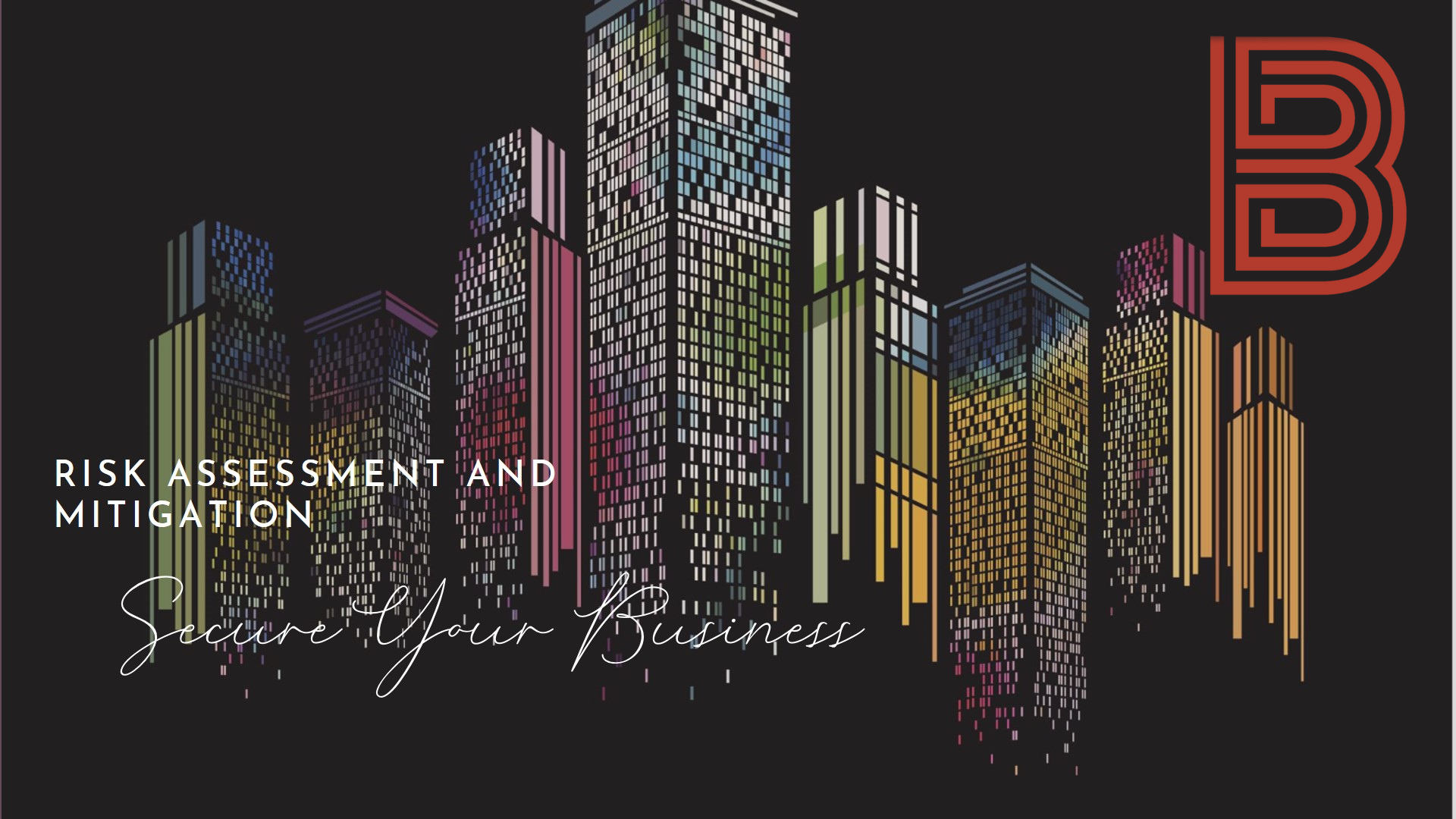
Security risk assessment is a critical process in risk mitigation, enabling organizations to identify, evaluate, and prioritize threats to their assets and operations. In an era of increasing complexity in cyber threats, physical vulnerabilities, and regulatory requirements, a well-structured risk assessment is essential for safeguarding an organization’s data, infrastructure, and reputation.
What is Security Risk Assessment?
Security risk assessment is a systematic process of identifying potential threats, analyzing vulnerabilities, and determining the potential impact of these threats on an organization. It involves assessing both internal and external risks and providing a roadmap to mitigate or minimize these risks effectively. This process is foundational to any security strategy, as it ensures resources are allocated efficiently to areas of highest concern.
Key Components of Security Risk Assessment
Asset Identification:
The first step in risk assessment is identifying the assets that need protection. These can include tangible assets like physical facilities, servers, and computers, as well as intangible assets like intellectual property, customer data, and brand reputation.
Threat Analysis:
Organizations must identify potential threats that could exploit vulnerabilities. Threats can stem from various sources, including cyberattacks, natural disasters, insider threats, and operational errors.
Vulnerability Assessment:
Once threats are identified, the next step is to determine vulnerabilities within the system. These could include outdated software, weak passwords, untrained personnel, or unsecured physical access points.
Impact Analysis:
Understanding the potential impact of a security breach is crucial. This involves estimating the financial, operational, legal, and reputational costs that could arise from an exploited vulnerability.
Risk Evaluation:
By combining the likelihood of a threat occurring with the potential impact, organizations can prioritize risks. This prioritization helps in allocating resources to address the most critical risks first.
Mitigation Strategies:
After evaluating risks, the next step is to develop and implement strategies to mitigate them. These strategies can include technical controls (e.g., firewalls, encryption), procedural changes (e.g., access control policies), or training programs to enhance security awareness.
The Role of Security Risk Assessment in Risk Mitigation
Risk mitigation focuses on reducing the likelihood of a security incident or minimizing its impact. Security risk assessment provides the foundation for effective risk mitigation by:
Enhancing Decision-Making:
It enables organizations to make informed decisions about where to invest in security measures based on a clear understanding of risks.
Reducing Costs:
By identifying and addressing risks proactively, organizations can avoid costly breaches, fines, and downtime.
Improving Compliance:
Many industries are subject to regulations requiring formal risk assessments, such as GDPR, HIPAA, and ISO 27001. Conducting regular assessments helps organizations meet these requirements.
Building Resilience:
Effective risk mitigation strategies developed through assessments enhance an organization’s ability to withstand and recover from security incidents.
Fostering Stakeholder Confidence:
Demonstrating a commitment to security through robust risk assessments builds trust among customers, partners, and investors.
Steps to Conduct an Effective Security Risk Assessment
Define the Scope:
Clearly outline the boundaries of the assessment, including the assets, processes, and systems under review.
Engage Stakeholders:
Involve key stakeholders from various departments to ensure a comprehensive understanding of risks and impacts.
Gather Data:
Collect information on existing security measures, historical incidents, and potential vulnerabilities.
Analyze Risks:
Use qualitative or quantitative methods to assess risks and prioritize them.
Develop a Mitigation Plan:
Create a detailed plan outlining specific actions to address identified risks, timelines, and responsible parties.
Monitor and Review:
Risk assessment is not a one-time activity. Regular reviews are necessary to account for new threats, changes in the organization, or advancements in technology.
Challenges in Security Risk Assessment
Evolving Threat Landscape:
New threats, such as sophisticated cyberattacks, constantly emerge, making it difficult to maintain up-to-date assessments.
Resource Constraints:
Smaller organizations may struggle to allocate sufficient time, expertise, and budget to comprehensive risk assessments.
Human Factors:
Employees may unintentionally introduce risks through negligence or lack of awareness.
Complex Environments:
The integration of cloud services, IoT devices, and remote work adds complexity to risk assessments.
Summary
Security risk assessment is an indispensable component of risk mitigation. It empowers organizations to anticipate and address potential threats, minimize vulnerabilities, and ensure continuity in the face of security challenges. By integrating regular assessments into their overall security strategy, organizations can safeguard their assets, maintain compliance, and build long-term resilience against ever-evolving risks.




















